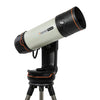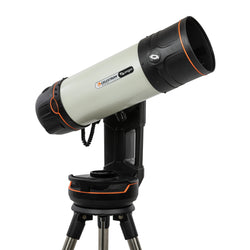Triple APOD - December 3, 2025: Comet A6 Lemmon by Edward Bogle
Comet A6 Lemmon made its closest approach to Earth in late October 2025. Visible to the naked eye, the comet will make its next appearance near Earth in ~1000 years time.
Related Products

Celestron Origin Intelligent Home Observat...
Celestron has put the entirety of their knowledge, skill, and legacy behind this new and exciting home observatory. A smart telescope capable of im...



